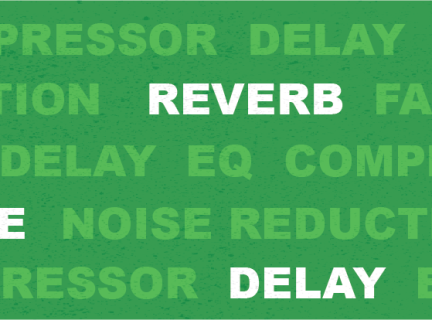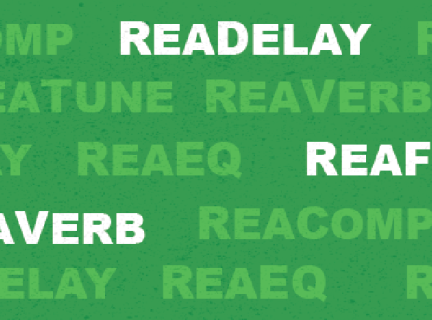Spotlight
-
LinkedIn Learning offers video courses in business, computer technology, software, and creative skills, all conducted by experts in their fields.
New to LinkedIn Learning? View a video tutorial or visit the LinkedIn Learning FAQ page for more information.
-
This guide has information on how to add and use different audio effects in Audacity.
-
This guide provides information on how to use the REAPER software in the Inspiration Lab to add audio effects.
-
The following is a step-by-step guide to recording audio with REAPER.
-
The Kanopy Kids area features unlimited access to streaming kids' movies, TV shows, and animated picture books for children ages 2 and up. Videos viewed through Kanopy Kids are not counted as part of the monthly 10 ticket limit in the main Kanopysite.
-
Online access to hundreds of the world’s most important plays, documentaries, interviews, and instructional materials in more than 800 hours of streaming video.
-
Streaming videos of 30 performances drawn from 10 years of National Theatre Live broadcasts and well as archival material.
-
High-definition recordings of more than a dozen productions by the RSC and featuring many of the best contemporary Shakespearian actors. *Also suitable for research at the high school level.
-
Access to more than one million pages of scores and manuscripts from the Middle Ages to the 21st Century.
-
Streaming audio of more than 300 dramatic works selected from a curated radio theatre archive.





